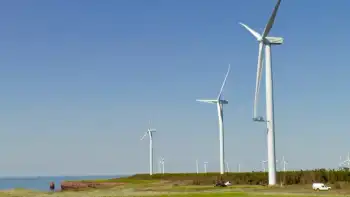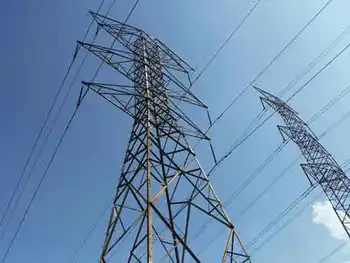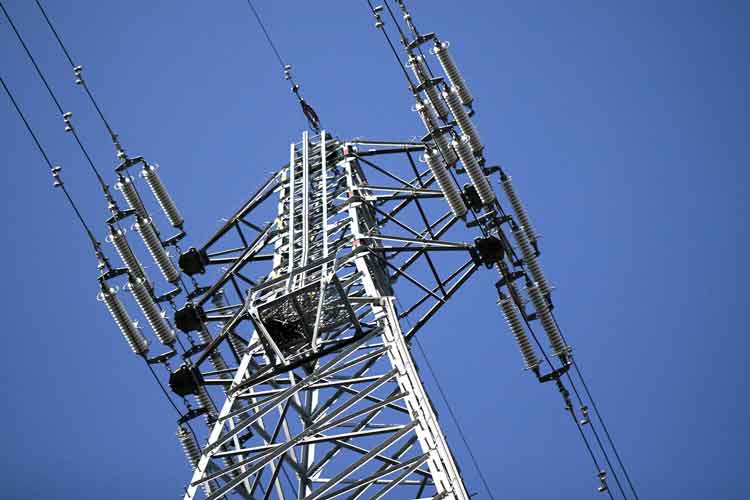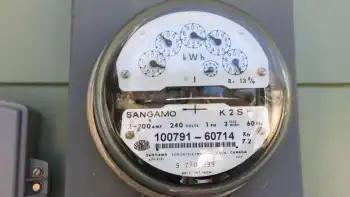Radiation exposure results could take months
KINCARDINE, ONTARIO - Workers potentially exposed to nuclear radiation at a Bruce nuclear power plant near Kincardine, Ont., last November could wait as long as 14 more weeks for results because of a lack of accredited testing facilities, a hearing learned recently.
Bruce Power executive vice-president Norm Sawyer told a Canadian Nuclear Safety Commission (CNSC) hearing investigating the incident that the workers most likely to be exposed in late November 2009 have already been tested.
Results from tests of 14 of these workers have come back since testing began in January and showed radiation levels below regulatory safety limits, said Sawyer.
About 192 workers may have been exposed in November to alpha particles at the Bruce A Unit 1 reactor as work was being done to refurbish the plant, said Maureen McQueen, Bruce Power's radiation protection programs manager. A total of 195 employees will be tested, she said.
Most of the workers were contractors, McQueen said, with only about a quarter employees of Bruce Power.
A CNSC preliminary report initially put the number of potentially exposed workers at 217, but that number went down as investigators looked more closely at the incident, McQueen said.
But so far only 50 samples have been sent away for testing, she said, because there is only one CNSC- accredited facility in Canada for testing for alpha particles — an Atomic Energy of Canada lab at Chalk River — and the lab can only process 10 samples per week.
Alpha particles consist of two protons and two neutrons — like the nucleus of a helium atom — and are produced during alpha decay from heavy radioactive material. They can damage human tissue and cause cancer, but the particles are too large to penetrate human skin and normally pose a danger only if ingested.
CNSC safety inspectors said there were no immediate health concerns for workers and that there was no indication the radiation spread outside the nuclear vault and so it posed no danger to the public.
The commission questioned Bruce executives on why alpha particles were not detected earlier and why work continued into December after they were detected.
Sawyer told the commission that nuclear inspectors normally don't test for alpha particles, because they tend to appear in a relative proportion to beta particles — or high-energy electrons — the more common form of radiation at nuclear facilities. Beta particle levels are routinely tested at nuclear facilities, and beta tests were normal at the site.
The higher-than expected levels of alpha particles were discovered after a routine airborne sample taken on the morning of November 26 at the plant threw up some red flags, and a subsequent test confirmed the presence of alpha particles two days later.
Bruce inspectors said work on feeder tubes inside the Bruce A Unit 1 nuclear vault that began on Nov. 24 likely stirred up some loose particulate in the tubes. Work continued in the nuclear vault, but after a sealed partition was put in place to contain the area and all workers in the area were required to wear the proper safety equipment.
The company said the workers who may have been affected were removed from duty. They described this as a "conservative" action given the amount of radiation that was detected.
Bruce Power, a private nuclear utility that generates about a fifth of Ontario's electricity, operates six reactors at a former Ontario Hydro site on Lake Huron.
Related News

Canadian Gov't and PEI invest in new transmission line to support wind energy production
CHARLOTTETOWN - The health and well-being of Canadians are the top priorities of the Governments of Canada and Prince Edward Island. But the COVID-19 pandemic has affected more than Canadians' personal health. It is having a profound effect on the economy.
That is why governments have been taking decisive action together to support families, businesses and communities, and continue to look ahead to see what more can be done.
Today, Bobby Morrissey, Member of Parliament for Egmont, on behalf of the Honourable Catherine McKenna, Minister of Infrastructure and Communities, the Honourable Dennis King, Premier of Prince Edward Island, the Honourable Dennis King,…




